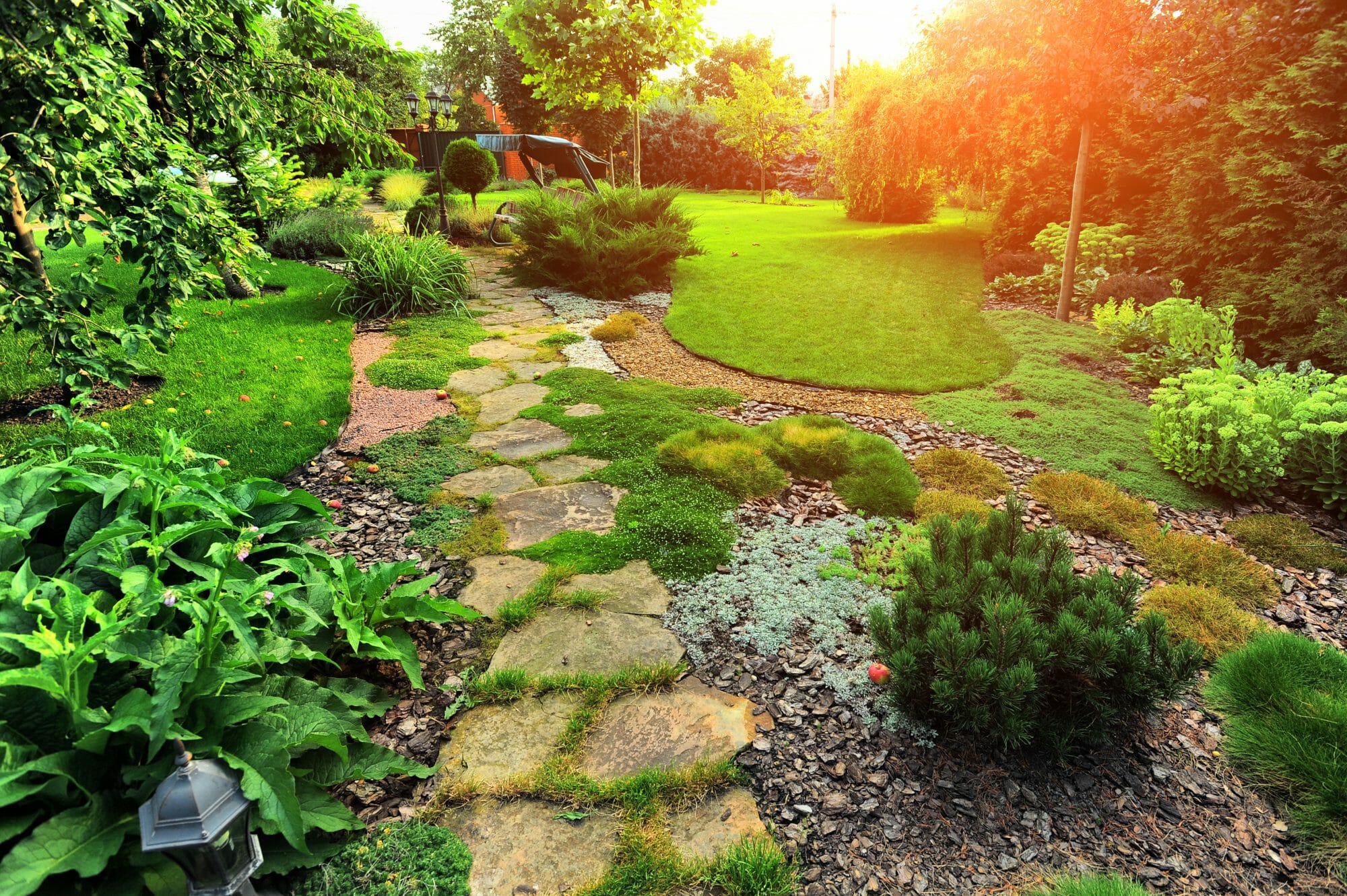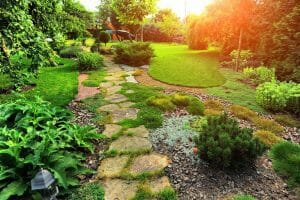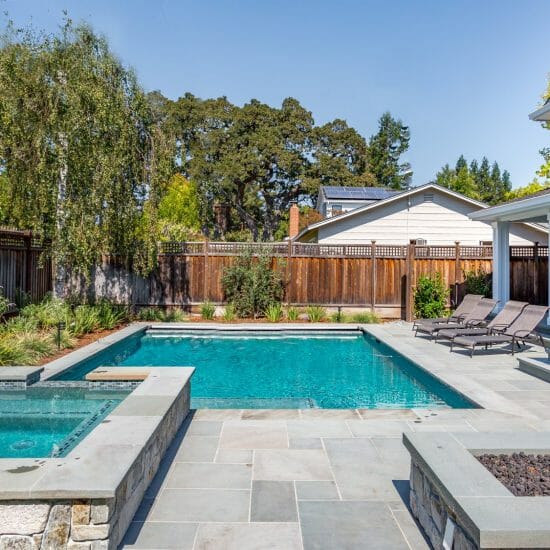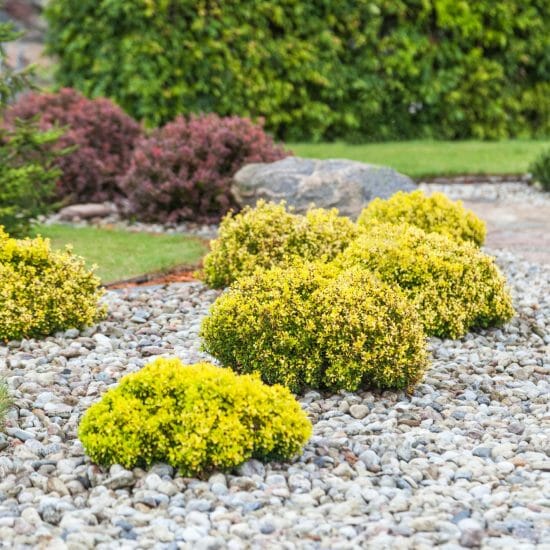
 Creating a well-landscaped yard may seem simple enough, but many people find the task challenging. Knowing the most basic and important elements of a good landscaping design can help with your goals. It’s also important to align yourself with a landscaping professional who can help you create a landscape that you’ll want to keep for years.
Creating a well-landscaped yard may seem simple enough, but many people find the task challenging. Knowing the most basic and important elements of a good landscaping design can help with your goals. It’s also important to align yourself with a landscaping professional who can help you create a landscape that you’ll want to keep for years.
Some people ask the question, “What is the most important thing in landscaping?” The answer is more complicated than you might think. It’s not one thing that makes your landscape functional, beautiful, and worthwhile. There are many moving parts that come together to create outstanding landscaping. Here’s what you need to know.
Know Your Goals
Knowing your goals for your landscape is the first step in creating a landscape. What will the space be used for? Is it a yard for play? Is it an outdoor space for entertaining? Is there a pool? Is the space purely decorative?
Write down the many things you hope to do with the space once it is finished. Having these items in writing will help you as you plan your landscaping – or, if you’re planning to hire a landscaping professional, knowing your goals will help you have conversations with your landscaping professional.
Include your spouse or other members of your household in this planning process. Other people you live with may have plans for your landscaping that you’re not aware of. You don’t want to discover, once you’re farther along in the planning process, that other members of your household are unhappy with your plans. Work to resolve any issues or discussions you might have before buying materials, creating designs or hiring a professional.
Watch the Sunlight
Sunlight is an incredibly important feature in any landscape. The amount and quality of the light, including when and how much, affects what kind of plants are a fit for your yard. Some plants need full sun, which means six hours of direct sunlight or more per day, while other plants need partial sun. Afternoon sun can be more intense than morning sun, so some plants only want morning sun, while others can withstand afternoon or morning.
Take a few days to observe your yard and how much sunlight each area of your yard is exposed to at various times of the day. Estimate how many hours of sunlight each area is exposed to, and at what times of day this occurs. This will help you as you’re choosing plants, or if you’re working with a pro, this will help your professional choose plants.
Know Your Preferred Level of Maintenance
Some gardens need near-daily maintenance throughout the summer. Other gardens need an occasional weed to be pulled, require some pruning either at the beginning or end of the growing season, but otherwise need little attention throughout the year.
If you’re planning to maintain your own yard, know how much maintenance you’re willing to commit to. If you plan to hire a landscaping company to maintain your yard for you, remember that the level of maintenance your landscaping requires will affect your monthly budget. If you’re working with a professional landscaping company to install your landscaping, they should be able to help you estimate how many hours of work they would need to spend maintaining your yard each month, which can help you budget and decide how well your landscape design fits in your budget.
Add Functionality With Hardscaping
One thing that many homeowners forget to plan for when they’re starting a landscaping design is hardscaping installation. Functional spaces, like areas for entertaining or outdoor dining, need their own separate space in order to prevent damage to the landscaping. Other types of hardscaping, like pergolas and lattices, help shade spaces and set up zones in your garden for different types of activities.
Hardscaping is more than just functional: it’s also attractive. Pergolas covered in flowering vines, for example, create a sense of lush beauty and abundance. Such a feature makes your yard look fertile and your landscape inviting.
Hardscaping can be as simple as a path through your yard, or as complex as a multi-layered deck. Most hardscaping is best installed by a landscaper because it must be done correctly for safety reasons (example: a deck), or because it is unlikely to last long if it’s not properly constructed (example: a patio or pergola). Even stone paver pathways that are haphazardly installed may soon be overrun with weeds, so work with your landscape contractor on this.
Work With a Professional
So, one of the final questions that you’ll have to consider when you’re planning to install new landscaping is whether or not to work with a landscaping professional. Most people are capable of planting flowers on their own, but for a truly professional appearance, it’s important to hire a landscaper with experience and a deeper understanding of design and the challenges that can impact your home’s landscaping.
When hiring a professional, start with a conversation about your goals and how much maintenance you’re able to put into your landscaping every week. Know your budget and how much you can spend up front as well as on an ongoing basis. Review each professional’s portfolio and have a list of questions prepared to ask them when they come for your consultation.
Check references before signing a contract. Know who you’re hiring and whether your vision and their vision align. If you’re able, meet with multiple landscape contractors to get a sense of how each one differs from the other. This will help you hire the professional that makes you most comfortable.
There’s not just one issue that you’ll have to keep your mind on when landscaping – there are multiple issues to explore and discuss with your landscaper. Having thought about these issues in advance of your discussion will make the conversation easier and more rewarding. For more information about how you can make your landscaping project go smoothly, contact Ohio Valley Group today to make an appointment and discuss your needs.


